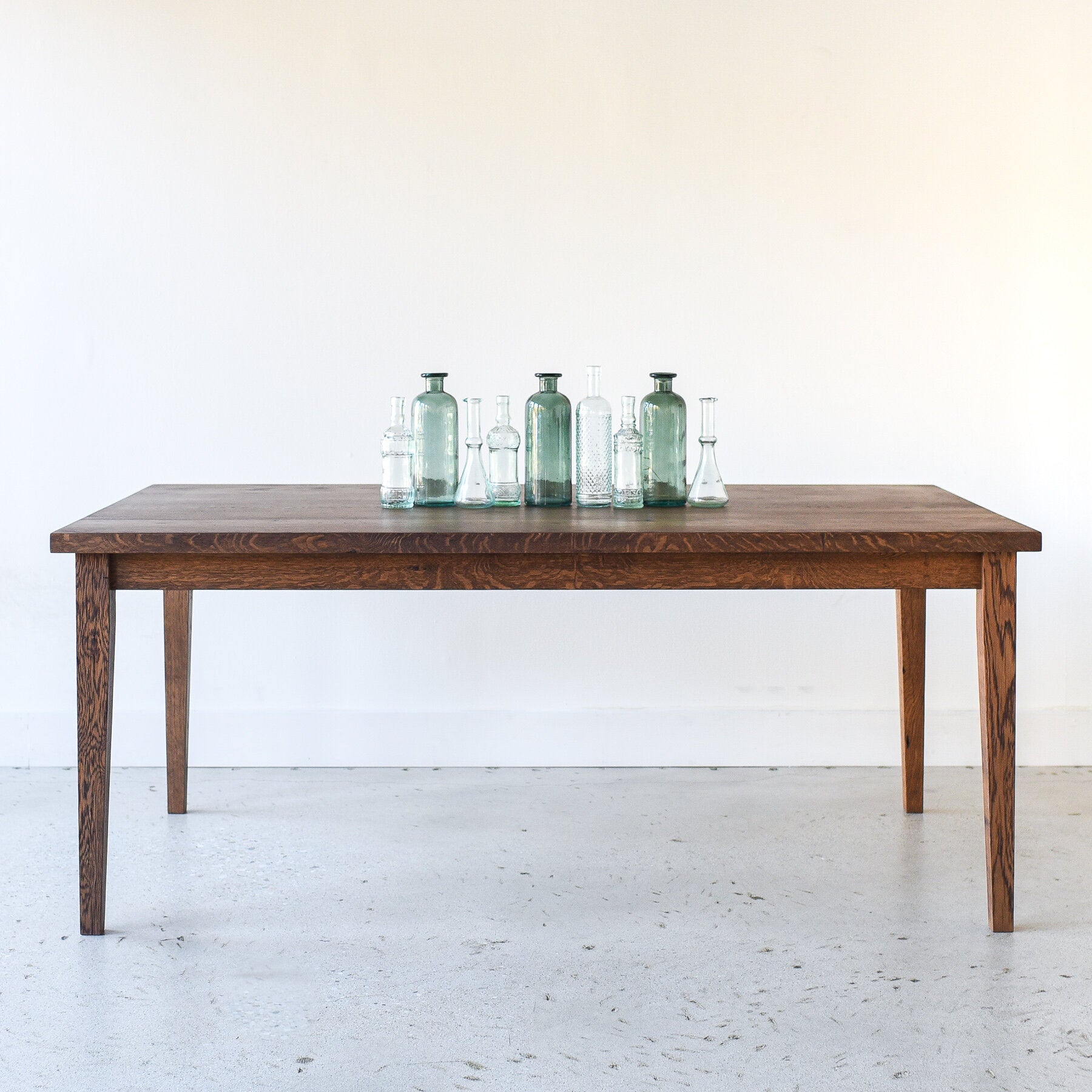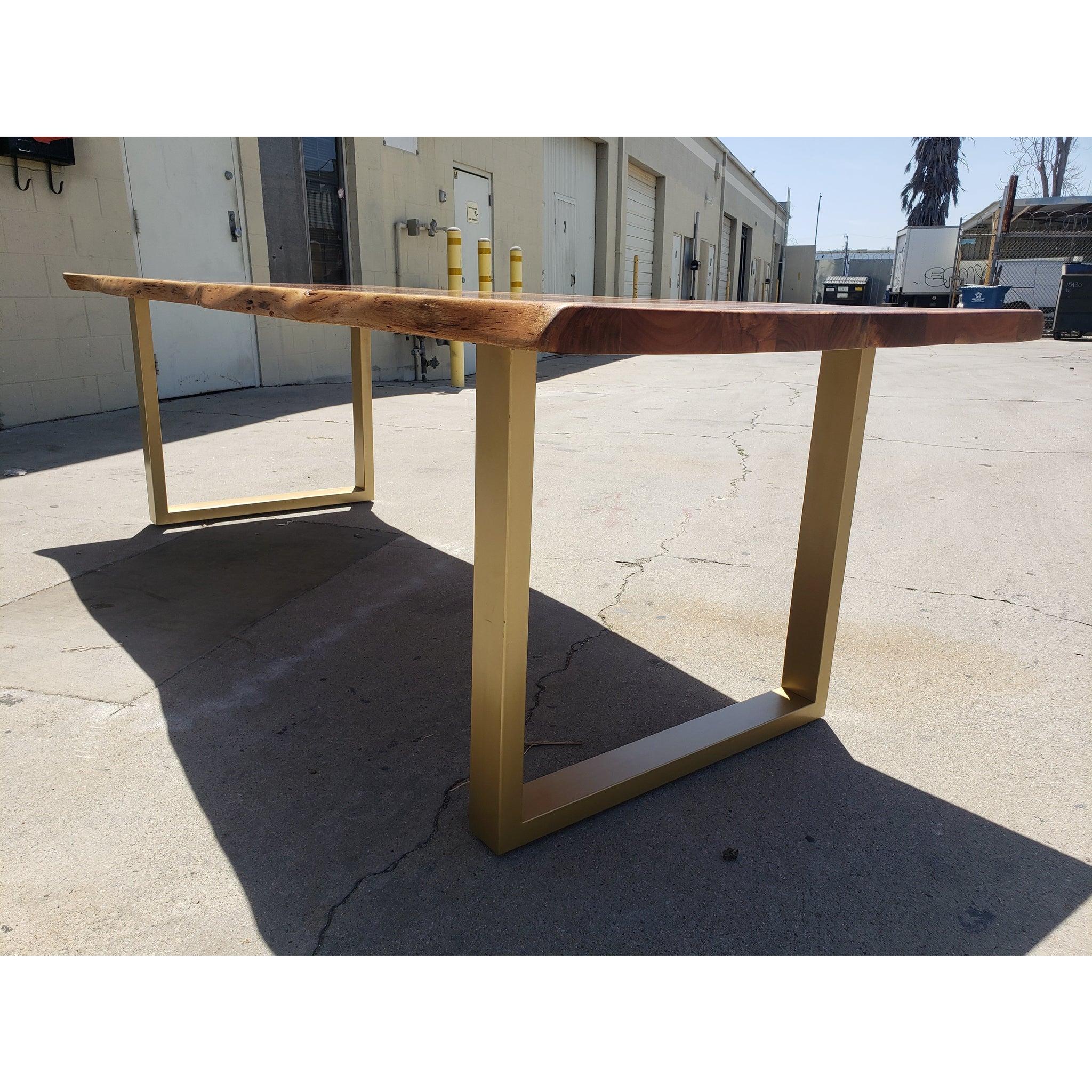Vital Factors To Consider for Selecting the Right Table Legs Timber
Choosing the ideal timber for eating table legs involves a nuanced understanding of various factors that affect both performance and aesthetic charm. The selection of wood kind, ranging from robust woods to extra delicate softwoods, plays a pivotal role in making certain resilience and security. Each of these components can considerably affect the overall experience of your dining room.
Significance of Timber Type

Hardwoods, such as oak, maple, and walnut, are typically favored for their stamina and resistance to wear. These sorts of timber give a robust foundation that can hold up against everyday use, making them perfect for eating tables that experience regular events. In contrast, softer woods like yearn might be more at risk to dents and scrapes, which might not be optimal for high-traffic locations.
In addition, the choice of wood can likewise impact the convenience of upkeep. Some timbers require normal oiling or sealing to preserve their look, while others might be extra flexible. Eventually, choosing the proper timber type involves balancing visual factors to consider with functional requirements, guaranteeing that the table legs not just look appealing yet additionally stand the test of time.
Assessing Stability and Stamina
When evaluating eating table legs, one should think about the stability and strength they provide to the overall framework. The legs are essential in sustaining the tabletop and guaranteeing the eating experience is pleasurable and secure. A stable table is essential for stopping wobbling or tipping, which can lead to spills or mishaps during dishes.
The choice of timber kind substantially impacts stamina. Woods such as walnut, oak, and maple are usually extra robust and long lasting than softwoods like pine or fir. Additionally, the density and design of the legs play a critical function; thicker legs or those with a conical design can provide far better assistance and stability.

Visual Factors To Consider
While functionality is extremely important, the visual appeal of dining table legs can not be forgotten, as they considerably affect the total design and atmosphere of the dining area. The selection of coating, timber, and design can improve or take away from the table's aesthetic effect.

Finishes likewise play an essential function in visual appeals. An all-natural finish can highlight the wood's innate beauty, while painted or tarnished legs can present color and character right into the room. The proportion and scale of the legs loved one to the tabletop and bordering furnishings has to be considered to guarantee visual equilibrium and communication.
Inevitably, the eating table legs should not only serve a functional function however likewise add to a natural and welcoming ambience, making them a crucial factor to consider in the total layout of the eating location.
Upkeep Needs
To make certain longevity and protect the charm of wooden dining table legs, regular maintenance is important (Dining Table Legs Wood). Wood is a natural material that can be vulnerable to damage from moisture, heat, and put on. Therefore, developing a regular care plan will considerably enhance the sturdiness of your table legs.
Begin with regular cleaning making use of a soft, lint-free fabric to remove dirt and particles that can scrape the surface. For more detailed cleansing, utilize a mild soap remedy and damp towel, preventing excess moisture that can leak into the timber. It is a good idea to apply a high-quality timber polish or conditioner every few months to nurture the timber and preserve its radiance.
Attend to any kind of scratches or dents quickly webpage with ideal timber filler or touch-up pens to stop additional deterioration. By sticking to these upkeep needs, you will not just maintain the aesthetic allure of your wooden dining table legs however additionally extend their practical lifespan.
Spending Plan and Cost Factors
Budget plan and expense aspects regularly play an important duty in the decision-making procedure for choosing wooden table legs. When reviewing choices, it is important to establish a clear budget plan that aligns with your total furniture financial investment. The cost of wood eating table legs can vary dramatically based on the kind of workmanship, layout, and timber intricacy.
Hardwoods such as cherry, oak, and walnut commonly regulate higher rates due to their durability and visual allure. On the other hand, softer woods like pine might be much more budget friendly yet may not provide the same long life. In addition, customized or artisan-crafted legs can incur extra prices, showing the skill and time spent in their development.
It is also vital to think about the potential long-term worth of your financial investment. While choosing lower-cost products may seem monetarily prudent at first, they may call for more frequent substitute or repairs, inevitably enhancing total expense.
For that reason, stabilizing their explanation high quality and price is vital. Focus on materials that fulfill your aesthetic preferences while ensuring they fit easily within your budget, enabling you to create a dining location that is both aesthetically appealing and useful.
Conclusion
Finally, selecting the suitable timber for eating table legs requires cautious consideration of different variables, including wood kind, security, appearances, maintenance, and budget. Woods such as oak and walnut provide exceptional longevity and strength, while style and density add to overall stability. Visual allure and maintenance demands need to straighten with specific preferences and lifestyle. Eventually, a knowledgeable choice will certainly enhance the long life and visual appeal of the dining table, guaranteeing fulfillment and capability for years to find.
Picking the ideal kind of wood for dining table legs is essential for both aesthetic allure and architectural honesty. Eventually, choosing the proper wood type entails stabilizing aesthetic considerations with practical needs, making certain that the dining table legs not Going Here only look appealing yet likewise stand the examination of time.
It is advisable to use a top notch wood gloss or conditioner every couple of months to nurture the wood and keep its gloss.
The expense of wooden eating table legs can vary substantially based on the type of wood, workmanship, and style intricacy.
In final thought, selecting the appropriate timber for dining table legs requires careful factor to consider of various elements, consisting of wood kind, stability, aesthetics, upkeep, and budget.
Comments on “Change Your Furniture with Costs Dining Table Legs Wood Options”